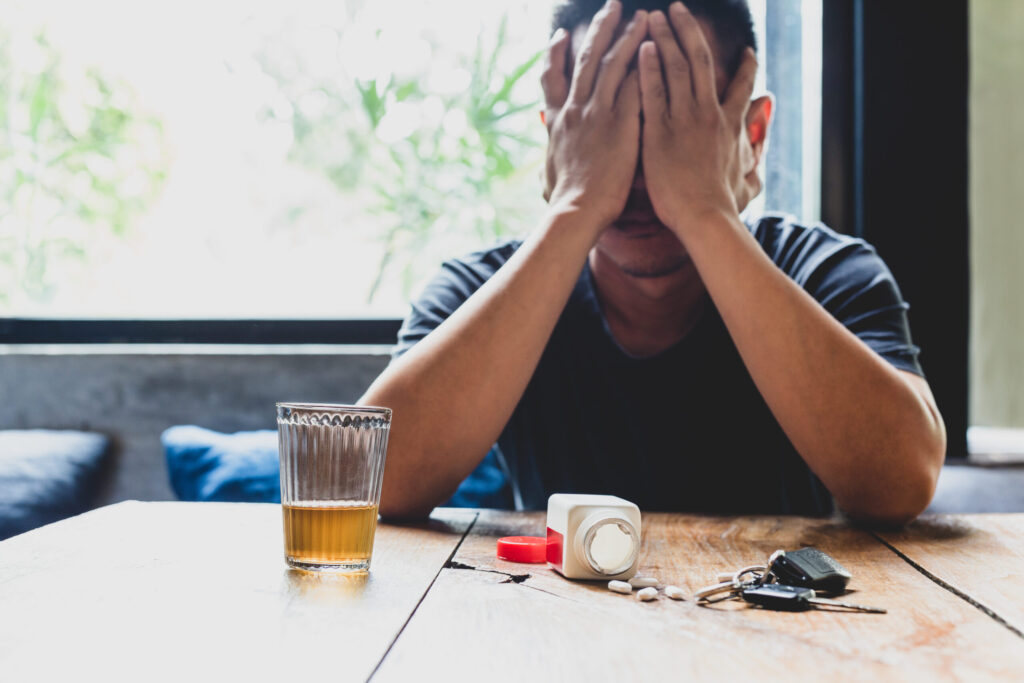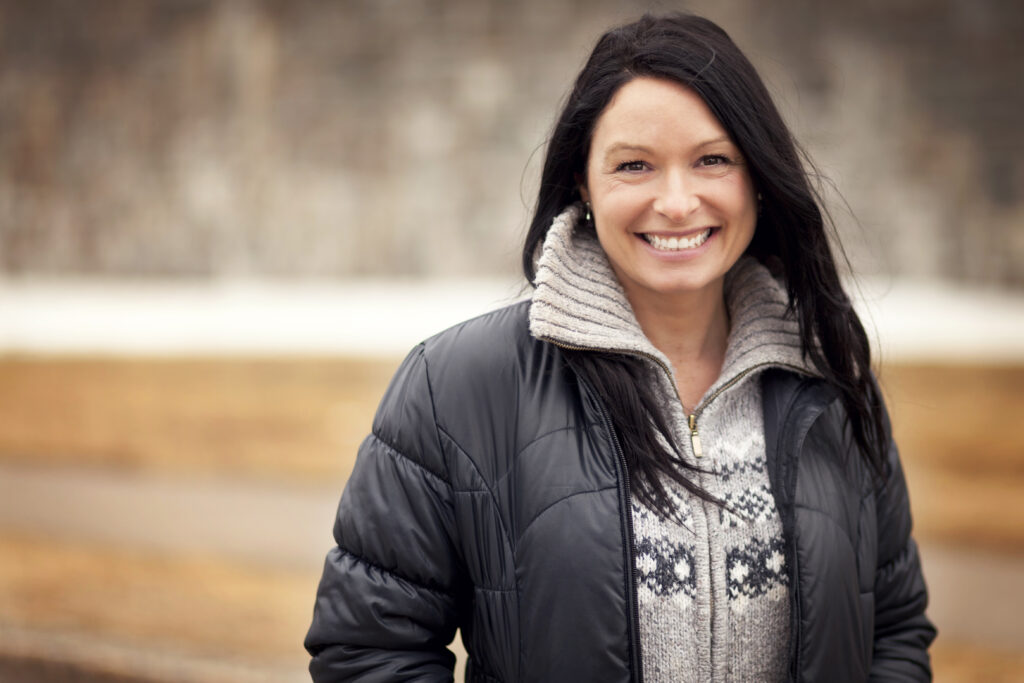Last week, we talked to Lee Yaiva (Hopi), CEO of Scottsdale Recovery Center, about barriers to recovery for Native Americans. In Part 2 of our interview, Lee offers unique insights into the solutions that support Native American sobriety and success.
Lee, you mentioned the importance of cultural competence for providers. What does that look like for a treatment center or detox clinic?
There needs to be a concerted effort to make sure people acquire knowledge and information. Make sure your team is equipped to have those conversations – don’t pull me in as a token Indian to do what you failed to do. Taking this on is a responsibility; you can’t just take on a Native patient because it’s better for your institution financially. You have to know what you’re doing and it requires a degree of insight about what’s appropriate.
For instance, one man came in with corn pollen to pray and staff took it from him as contraband, and they were going to flush it down the toilet. He told them, “That’s corn pollen, I pray with that.” They thought it was meth. So they called me and sent me a picture of it.
It’s the facility’s responsibility to learn that so they don’t put patients in the position of having to advocate for themselves. It can inhibit patients from seeking treatment, constantly having to justify themselves and explain.

What are some specific approaches that Native people are taking beyond twelve-step groups?
The recovery industry standard is that we execute best practices. In order for the provider to be reimbursed, treatment has to be recognized as a model. However, if Native people institute things innate to us, that may not be considered a best practice or recognized.
One thing I dealt with was sexual abuse. I thought I’d dealt with it but then it surfaced in recovery. One of the most heartbreaking things I dealt with in my career was sharing my story in a 16-bed, all male facility. And after I shared, I asked the men to raise their hands if it happened to them. All 16 men had their hands up. They were from all over the country.
What works is me saying, “I’ve been through this and I’m not going to be a victim but a victor.”
You’re not going to find that in a best practice. It has to be delivered with authenticity, with cultural responsibility, and true empowerment – not just cliched stuff like “Keep coming back, it works if you work it.”
It’s important to do something unique and innate to your community. Start being intentional with the need so everyone is welcome. You can inject something traditional like AA and use it as a platform but there are other pieces where you’ll be talking about things that are vastly different from the norm.
You can create something that’s your own. I am working with the Hopi substance abuse prevention center to create a Hopi curriculum that aligns with the seasonal calendar.
So it’s about creating something unique to Native people? Is that the path to Native recovery?
When I came into recovery, everything I learned was from non-Native people. I got trapped into the thinking, “This is not applicable. You don’t understand me.” But I prayed to Creator to send me guidance: “Whoever you send me, I’ll follow.”
This guy Jerry kept coming to me and talking about a group in the West Valley. At the time, I planned on going to Native American Connections but this guy kept coming and I thought, this must be who I should follow. So I went and it changed my life.
We can piggyback off whatever we want. But every Tribal community has lingo, jokes, language. Even dialect from one village to another can be different – so create something unique to you. Have a sense of Tribal identity and create a sense of trust and rapport.
One of the most empowering things we can do is self-advocate. If we individualize it to our community, how powerful would that be? Then you don’t have to go out because you’ve built it there. If you build it with pride and integrity, that’s something you’re not going to find anywhere else.
The answers are internal, trusted, and cultivated without reserve. It’s not being afraid about what we know about ourselves and being proud of it.

The Arizona fraud scandal with the fake recovery houses is horrific. How can we stop something like that from happening again?
Nobody should be surprised that happened. Someone coming to an impoverished area with no resources who promises people houses and cars, saying, “All you have to do is come to Arizona to live in this mansion” – of course someone is going to come. It’s no different from what they did in the boarding school days. Promises of educational opportunities, coordination of care and housing served as enticement.
To mitigate risk in the future, it goes back to cultivating opportunities internally – because everything we don’t do or offer will be enticing to them. If you have housing, resources, and occupational opportunities on Tribal lands, people won’t be enticed.
In another 10-20 years, something like this could happen again unless we do things differently. When people are sick, they go elsewhere to find healing. Why can’t they get it here? Native people have a distinct innate foundation, in their practices, their land, their language. But when the healing isn’t available, we gravitate away from what’s innate and get into things that don’t apply to us.
People ask, “How do we create a treatment center?” Create the connection and they’ll never forget you or that experience. With SRC, they never come back because of a great AA program, they come back because of how we make them feel.
We have to start creating culturally appropriate care and create opportunities for people to become advocates. It’s everyone’s responsibility to do that. Until people create this, we will continue to empower and educate.
Thank you, Lee!

